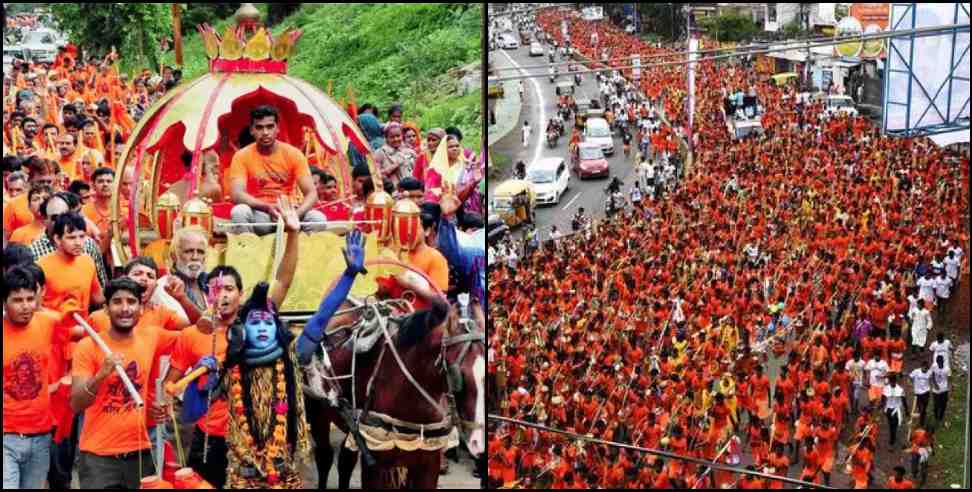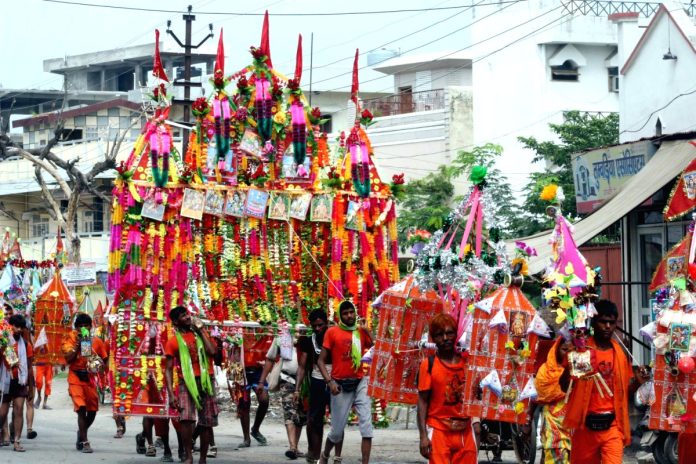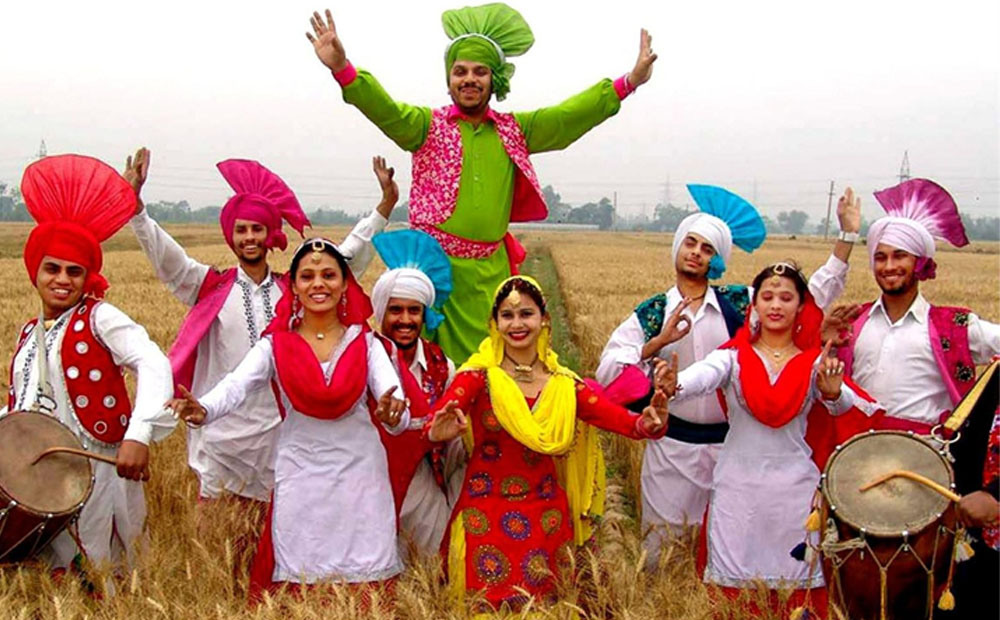Kanwar Yatra: A Spiritual Journey of Devotion and Faith
The Kanwar Yatra (Kawad Yatra) is an annual pilgrimage that holds immense significance for millions of devotees of Lord Shiva Kanwariyas, in India. This spiritual journey takes place in the Hindu month of Shravan involves carrying sacred water from the Ganges River to offer at Shiva temples, especially the holy shrines in Haridwar, Gaumukh, and Gangotri. The Kanwar Yatra is not just a pilgrimage; it is a vibrant expression of faith, endurance, and communal harmony.
Kanwar Yatra 2024 – July 22 – Aug 2 (Shivratri)
This holy Kanwar Yatra will resume after 2 years and the Uttarakhand government is preparing for a record breaking 30 million devotees to visit Haridwar this year.
Historical Background
The origins of the Kanwar Yatra can be traced back to ancient times. According to Hindu mythology, during the churning of the ocean (Samudra Manthan), poison emerged, threatening to destroy the world. Lord Shiva consumed this poison to save humanity, and Shiva’s devout follower Ravana brought holy water of Ganga by using kanwar to release Shiva from the negative energy of the poison. To honor Shiva’s sacrifice and devotion, his followers began the tradition of bringing the sacred Ganges water to pour over the Shiva Lingam, symbolizing purification and devotion.
The Journey
The Kanwar Yatra typically takes place during the Hindu month of Shravan (July-August). The journey involves devotees, often dressed in saffron attire, walking barefoot for miles, carrying decorated pitchers of Ganges water (kanwars) on their shoulders. The kanwar is a little bamboo pole with two colorful clay pots connected to its opposing ends, and the journey can last from a few days to a couple of weeks, depending on the distance and the devotee’s pace. While most pilgrims are men, a few women also participate in Yatra.

The only precaution needed is to make sure the clay pots never come into contact with the ground while traveling. All along the route, there are several improvised platforms where the Kanvarias may stop and relax.
Major Routes and Destinations
The Kanwar Yatra to Neelkanth began from the ancient Badrinath – Kedarnath route but now the Kanwariyas follow the national highways. Most Kanwariyas from Delhi-NCR region follow the NH-58 route from Ghaziabad to Rishikesh. The The Kanwariyas fill up the kanwars at Ramkund or from Ganga river and walk hundreds of kilometers to reach the Neelkanth temple.
While the Yatra’s routes can vary, some of the most popular starting points include Haridwar, Gaumukh, Gangotri, and Sultanganj. The destinations are primarily the Shiva temples in their respective hometowns or the renowned temples in states like Uttar Pradesh, Haryana, and Bihar. The most significant pilgrimage sites are:
- Haridwar: A sacred city on the banks of the Ganges, Haridwar is a major starting point for the Kanwar Yatra. Devotees collect water from the Ganges and begin their journey from here.
- Gaumukh and Gangotri: Located in the Uttarkashi district of Uttarakhand, these sites are considered the origin points of the Ganges River, making them highly revered among Kanwariyas.
- Sultanganj: Located in Bihar, this town is another major starting point, with devotees collecting water from the Ganges to carry to Deoghar’s Baba Baidyanath temple.
The Experience
The Kanwar Yatra is marked by an atmosphere of camaraderie and devotion. Temporary camps, called Kanwar camps, are set up along the routes, providing free food, water, and medical aid to the pilgrims. These camps are often run by volunteers and local communities, showcasing the spirit of unity and selfless service.
The journey is not without its challenges. Pilgrims often face physical exhaustion, harsh weather conditions, and long walking distances. However, the collective spirit and the support from fellow Kanwariyas create a unique bond, making the hardships more bearable.
Cultural Significance
The Kanwar Yatra is a vibrant cultural spectacle. The roads are adorned with colorful decorations, and the air is filled with devotional songs and chants. The sight of thousands of saffron-clad devotees walking in unison, carrying their kanwars, is a powerful symbol of faith and devotion.
This pilgrimage also holds a deeper spiritual significance. For many, it is a journey of self-discovery, penance, and purification. The act of carrying the sacred water and offering it to Lord Shiva is believed to cleanse the soul, bringing spiritual merit and blessings.
It is believed that by finishing the Kanwar Yatra, Lord Shiva bestows his heavenly blessings on the Kanwarias, granting them all of their desires. It is also believed that serving the Kanwarias is auspicious.
Kanwar Yatra Importance Guidelines
Devotees must abide by many laws and guidelines whilst on their Kanwar Yatra
During the Kanwar Yatra, transportation is forbidden. During the Yatra, all devotees must be barefoot.
- It is not permitted to consume alcohol, meat, or narcotics. It’s forbidden to eat tamasic cuisine, which contains garlic, onions, and other ingredients.
- Kanwar cannot be touched without first taking a bath.
- The Kanwar should never be placed on furniture.
Modern-Day Challenges
In recent years, the Kanwar Yatra has faced challenges related to crowd management, environmental impact, and traffic disruptions. Authorities have been working to ensure the safety and smooth conduct of the pilgrimage by implementing measures such as designated routes, medical facilities, and awareness campaigns about maintaining cleanliness.
The Kanwar Yatra is more than just a religious journey; it is a testament to the enduring power of faith and community. It exemplifies the resilience and devotion of millions who undertake this arduous pilgrimage, seeking spiritual fulfillment and divine blessings. As the Kanwar Yatra continues to evolve, it remains a vibrant and integral part of India’s rich cultural and spiritual heritage.





